When I was a university student, I worked as a roadie part-time at an event called the "Mary Jane Concert" held at Hitotsubashi University.
Many bands performed, including singer-songwriter Masato Minami and King Kong Paradise. However, the most memorable for me was Masaki Ueda’s band, PUSH & PULL.
They were considered a rock band, but it wasn’t 8-beat rock!
At the Hitotsubashi University hall, I was assigned to set up amplifiers and other equipment for each band. After unloading the gear, my job was simple: listen to the bands perform from the side of the stage, clear the equipment offstage once they finished, and bring in the next band’s gear from the other side. However, standing and working for 8 to 10 hours straight was quite exhausting.
Finally, the last band took the stage, and as I listened to their performance, I was stunned.
At the time, I was listening to progressive rock, Deep Purple, Wishbone Ash, and other British 8-beat music, so I had never really been exposed to the funky sounds of Kansai musicians.
Masaki Ueda’s passionate vocals existed in an entirely different musical dimension from British rock. The powerful beat had such an electrifying energy that the audience couldn’t help but rise from their seats. I was also blown away by the incredible technical skill of each musician delivering that funky groove.
Among the two guitarists, I believe one of them was Masaki Matsubara. The keyboardist was a curly-haired woman, stacking a Hohner Clavinet (an electric clavichord) on top of a Fender Rhodes electric piano, creating an intense groove using paradiddle techniques.
"It felt like a vortex of sound surging toward me with incredible force..." That moment etched into my memory—Masaki Ueda was no ordinary musician.
■ Recommended Album: Masaki Ueda & South to South – Kono Atsui Tamashii wo Tsutaetai Nya (1975) (I Want to Convey This Burning Soul)
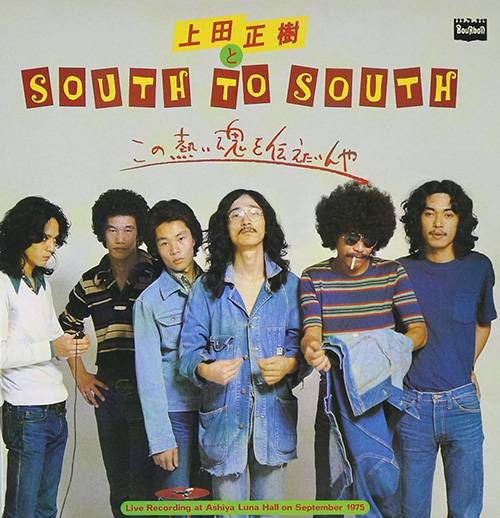
A masterpiece live album released in 1975, capturing the groovy and funky performance of Masaki Ueda & South to South.
Yasuharu Nakanishi’s electric piano playing and guitarist Kunchō’s performance are outstanding, defining the band’s signature sound. Masaki Ueda’s vocals blend seamlessly with the music, riding the groove with incredible energy.
It’s astonishing to think that a band in mid-70s Kansai could embody the roots of Black music so authentically while delivering such a powerful groove.
Recommended Track: "Mukade no Kinzo"
A slightly comical track, Mukade no Kinzo tells the story of a tough old man from Nishinari who sees his scars as a badge of honor.
From the intro, Yasuharu Nakanishi’s electric piano drives a powerful groove, and the entire performance is infused with the energy of Kansai funk. Even the live commentary between songs adds to the atmosphere.
Releasing a live album was a deliberate choice, perfectly capturing the essence of South to South as a band.
Among South to South’s early works, Mukade no Kinzo is arguably the most representative of their signature sound.
The composition is solid, and Yasuharu Nakanishi’s electric piano playing is simply phenomenal. Each musician’s performance flows with an intense, undulating groove.
The highlight of the album is the mid-song solo sections—Kunchō’s guitar solo followed by two electric piano solos from Nakanishi—making this track a must-listen.
■ Recommended Album: Masaki Ueda – Masaki Ueda Live: Private File (1984)
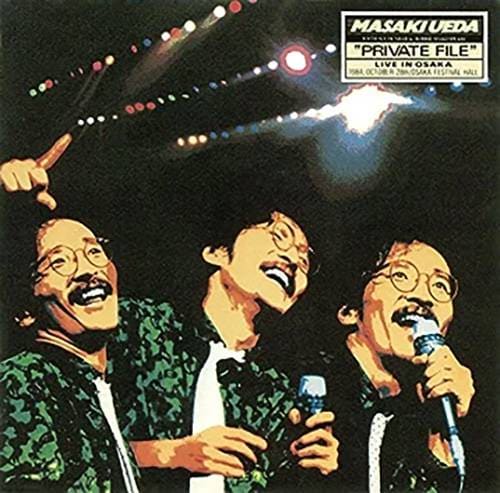
A live album recorded in October 1984 at Osaka Festival Hall. While Masaki Ueda is rooted in Black music, this album prominently incorporates reggae influences.
One of his signature narrations includes the phrase: "We want to bring you our reggae, Yellow Reggae Music." He even weaves this concept into the song Nagisa de Java, singing the phrase as part of the melody.
The musicians performing Masaki Ueda’s music on this album are just as skilled as those from his previous band, South to South.
For this recording, he brought in the legendary rhythm section of Sly Dunbar and Robbie Shakespeare, who were taking the world by storm at the time, fully embracing the Yellow Reggae Music concept.
Additionally, the album features virtuoso guitarist Osamasa Ishida and top industry session musician Kumi Sasaki on keyboards and backing vocals, further elevating Ueda’s sound.
I actually saw this band live in 1984, but the groove felt slightly different from the raw, earthy vibe I experienced at the Hitotsubashi University concert. Perhaps it was the reggae rhythm that changed the nuance—rather than a deep, heavy pulse, the groove had a lighter, more fluid feel. That might have been exactly what Ueda was aiming for with his concept of Yellow Reggae Music.
Recommended Track: "Kanashii Iro Ya Ne"
A masterpiece written by professional songwriter Tetsuji Hayashi. This version differs from the single-cut release, starting with Osamasa Ishida’s distinctive guitar cutting. While not a full-on reggae track, it carries reggae nuances that give it a unique flavor compared to the original. The arrangement, which begins directly with the chorus, is a great touch, and Ishida’s guitar solo is simply outstanding!
Featured Musicians, Albums, and Recommended Tracks
- Artists: Masaki Ueda, Yasuharu Nakanishi, Kunchō, Osamasa Ishida, Kumi Sasaki, Sly Dunbar, Robbie Shakespeare, and more.
- Albums: Kono Atsui Tamashii wo Tsutaetai Nya (I Want to Convey This Burning Soul),Masaki Ueda Live: Private File
- Recommended Tracks: "Mukade no Kinzo", "Kanashii Iro Ya Ne"
The “sound & person” column is made up of contributions from you.
For details about contributing, click here.











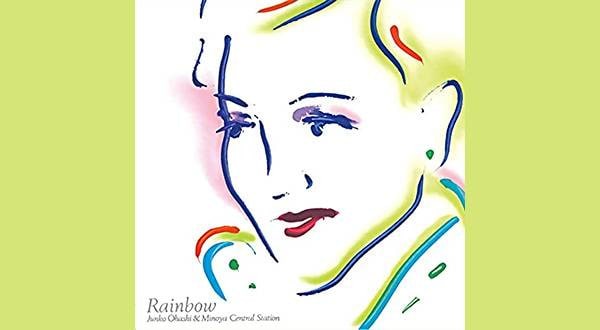
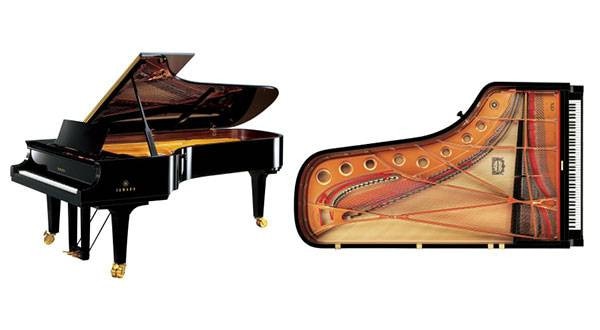
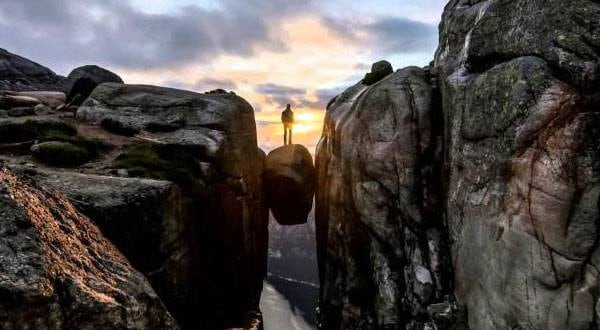
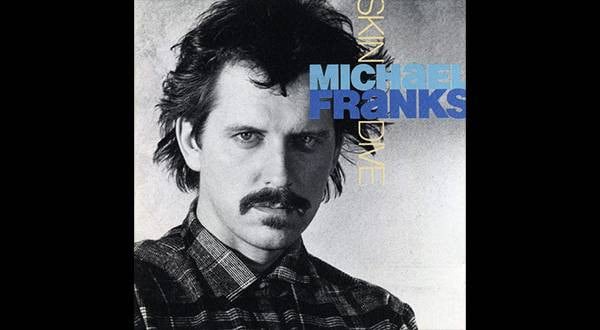
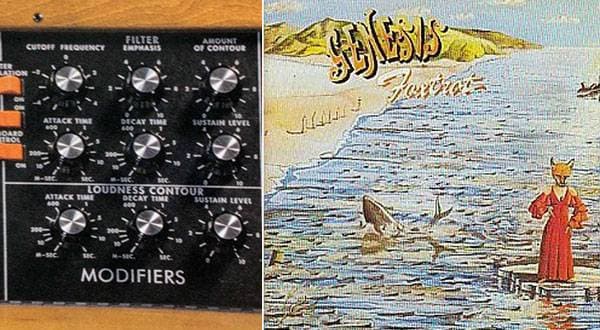
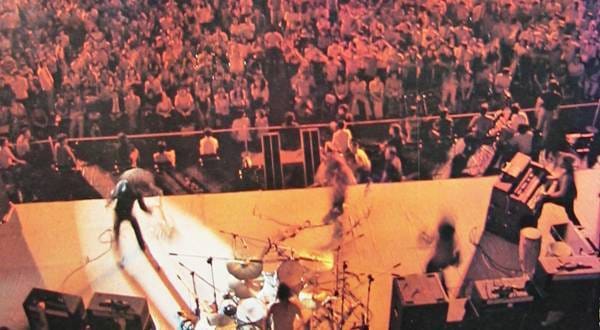
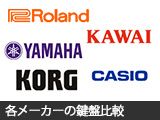 各メーカーの鍵盤比較
各メーカーの鍵盤比較
 まずは弾いてみよう!楽譜の読み方
まずは弾いてみよう!楽譜の読み方
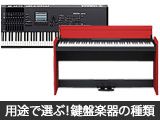 用途で選ぶ!鍵盤楽器の種類
用途で選ぶ!鍵盤楽器の種類
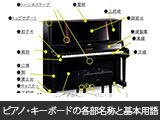 ピアノ・キーボードの各部名称
ピアノ・キーボードの各部名称
 キーボードスタートガイド
キーボードスタートガイド
 キーボード・ピアノ講座
キーボード・ピアノ講座















